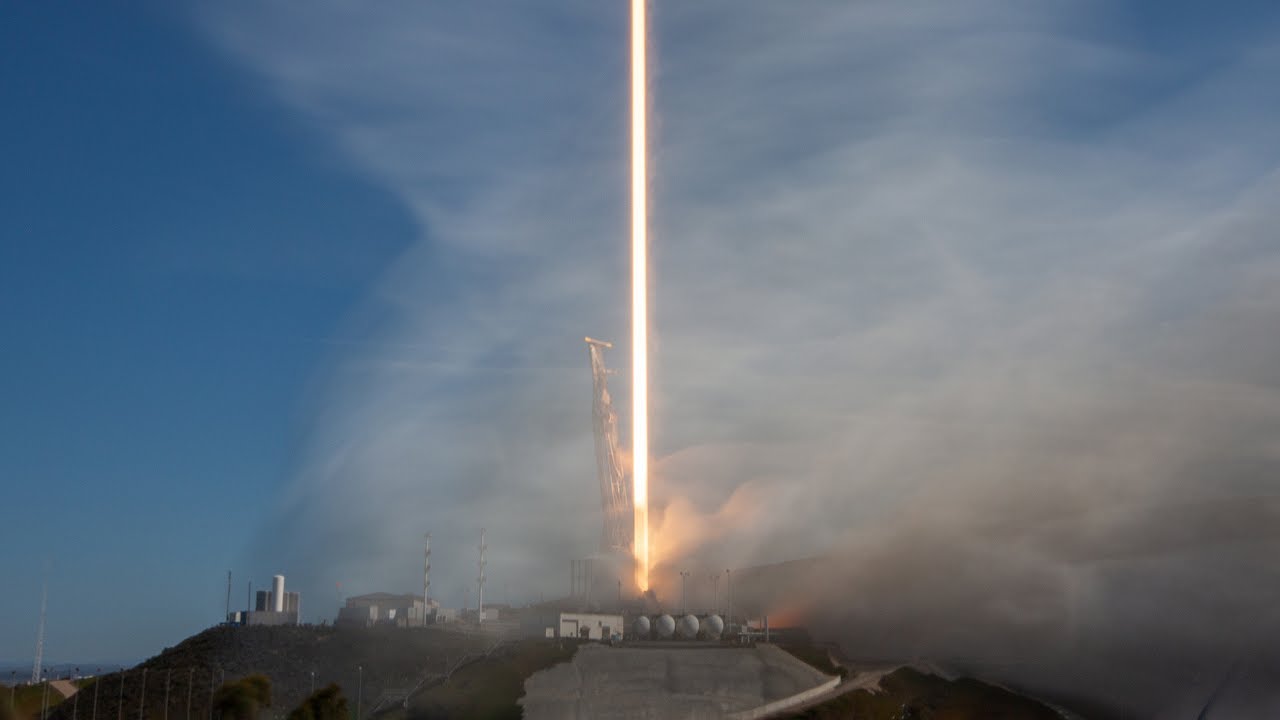SpaceX plans to launch 51 Starlink satellites into Shell 2, with an eventual 570 km circular service orbit at 70° inclination, on 2023-03-03 at 18:38 UTC. The launch will be from Space Launch Complex 4 East at Vandenberg Space Force Base in California. The first stage booster, B1061, will be making its twelfth flight after a 61 day turn-around from its last mission. The first stage booster is planned to land on the drone ship Of Course I Still Love You.
Here is the pre-flight preview from Everyday Astronaut.
It appears that in recent days SpaceX has not been fielding their “A” team in public affairs. The last two Starlink launch announcements, both nominally scheduled for 2023-02-27, have linked to video players which show the stream starting at a different time and/or date than the announced launch time. It’s probably best to check on the live stream a bit before the scheduled launch time given above, regardless of when the stream player says it will go live.
I have repeatedly updated the date and time above as this launch, unstuck in time, has slipped from February 27th into March.
3 Likes
Launch time slipped one day to 2023-02-28 at 19:20 UTC. I have updated the main post.
3 Likes
Another day, another slip. Now it’s scheduled for 2023-03-01 at 19:06 UTC.
3 Likes
Yet another day, yet another slip: this time it’s scheduled for 2023-03-02 at 18:52 UTC.
2 Likes
Slip-sliding again: due to bad weather in the booster recovery zone, the launch has been postponed once again to 2023-03-03 at 18:38 UTC.
1 Like
The launch, landing, and orbital insertion of the satellites were all completely successful.
In the replay video, starting at the 5:51 mark, there is video of the deployment of the 21 Starlink V2 mini satellites from the Starlink Group 6-1 launch on 2023-02-27. This is worth watching because the deployment mechanism is very different than that used by earlier generations of Starlinks. I’m not sure exactly what we’re seeing, but it looks like the deployer (or is it the whole second stage?) spins and then releases the satellites, with the spin causing them to separate from the stage and float away. This eliminates the retainer bars which were previously used, which became space junk on every launch (although not long-lived, as the initial orbit is relatively low—the Starlink satellites raise their orbits to the service altitude using their ion thrusters after deployment).
3 Likes
